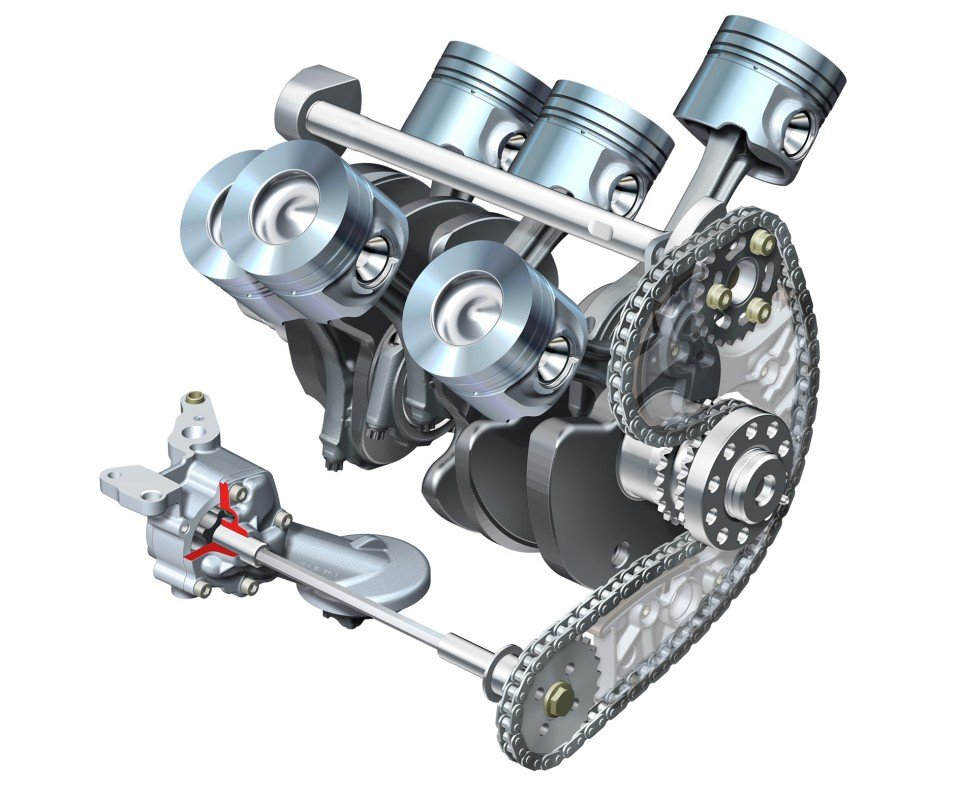The automotive industry is constantly evolving, driven by the demand for more efficient, comfortable, and powerful vehicles. One critical component that has gained prominence in recent years is the balance shaft. These shafts are specifically designed to reduce engine vibrations, which not only improves performance but also significantly enhances the overall driving experience. As the global automotive market continues to grow, so does the importance of balance shafts.
The Mechanics Behind Balance Shafts
Balance shafts are engineered to counteract the secondary vibrations produced by engines, especially in inline-four engines. By reducing these vibrations, balance shafts contribute to smoother engine operation, which in turn leads to improved fuel efficiency and extended engine life. Automakers are increasingly incorporating these components into new models to meet consumer demand for more comfortable and fuel-efficient cars.
Global Demand Driven by Fuel Efficiency Standards
One of the major factors driving the balance shaft market is the global push for more fuel-efficient vehicles. As governments around the world tighten emission standards, automakers are turning to balance shafts as a way to reduce engine size without sacrificing power or efficiency. These components are especially useful in smaller engines, which are becoming more common in the market.
Impact of Hybrid and Electric Vehicles
While balance shafts are widely used in internal combustion engines, the rise of hybrid and electric vehicles (EVs) presents both a challenge and an opportunity for the balance shaft market. Hybrid vehicles, which still rely on traditional engines, will continue to drive demand for balance shafts. However, fully electric vehicles do not require these components, which could impact the market in the long term. Manufacturers are exploring new ways to adapt balance shaft technology to hybrid powertrains.



